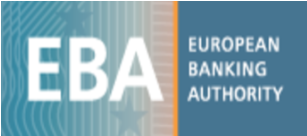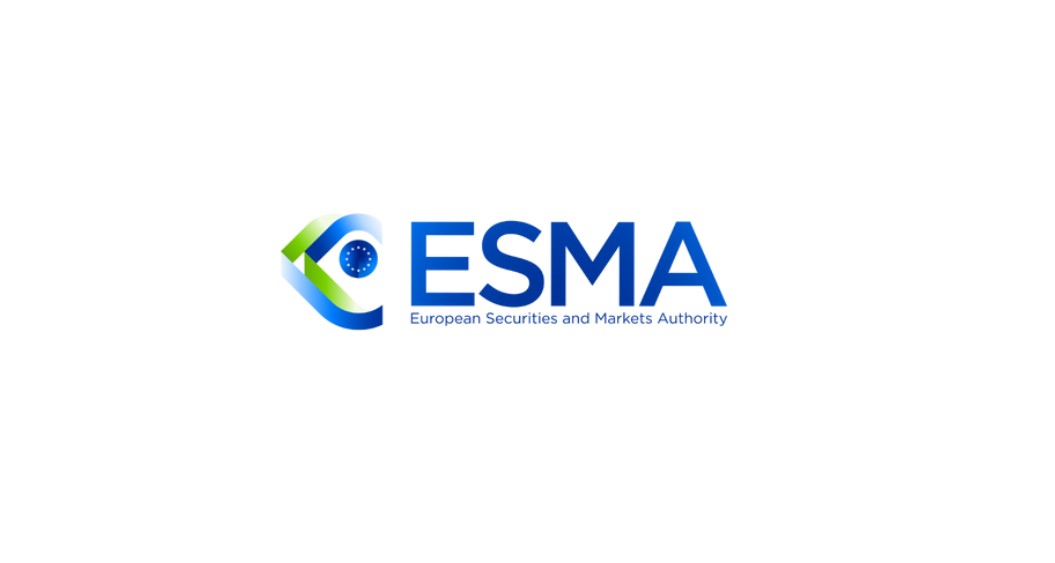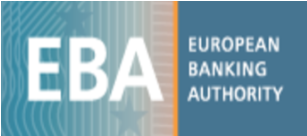EBA issues Guidelines to challenge unwarranted de-risking and safeguard access to financial services to vulnerable customers
The European Banking Authority (EBA) published today new Guidelines to ensure that customers have access to the financial services they need to fully participate in society and that they are not denied this access on unsubstantiated Anti-Money Laundering and Countering the Financing of Terrorism (AML/CFT) grounds or without valid reason. These Guidelines will contribute to foster a common understanding by institutions and AML/CFT supervisors of effective money laundering and terrorist financing (ML/TF) risk management practices in situations where access by customers to financial products and services should be safeguarded, in particular for the most vulnerable ones.
Access to at least basic financial products and services is a prerequisite for individuals to participate in economic and social life. For the most vulnerable customers, including refugees and homeless people, it can be a matter of survival. Without it, humanitarian relief may not be received by those who need it most.
The EBA's assessment of the scale and impact of de-risking highlighted that while decisions not to establish or to end a business relationship, or not to carry out a transaction, may be in line with the EU AML/CFT framework, de-risking of entire categories of customers, without due consideration of individual customers' risk profiles, can be unwarranted and a sign of ineffective ML/TF risk management. To clarify regulatory expectations, and tackle unwarranted de-risking, the EBA has issued two new sets of Guidelines.
The first set is an Annex to the EBA ML/TF risk factors Guidelines, which set out what financial institutions should do to identify and assess ML/TF risk associated with customers who are Not-for-Profit organisations (NPOs). The guidance contained in the Annex will help financial institutions understand better how NPOs are organised, how they operate in practice, and what ML/TF risk factors are particularly relevant when dealing with such customers. This is to support them in managing ML/TF risks associated with NPOs effectively, instead of denying them access to financial services.
The second set of Guidelines is broader and tackles the issue of effective management of ML/TF risks by financial institutions when providing access to financial services. These Guidelines clarify the interaction between the access to financial services and institutions' AML/CFT obligations, including in situations where customers have legitimate reasons to be unable to satisfy Customer Due Diligence (CDD) requirements.
They make clear that before making a decision to reject a customer, several options need to be considered. In addition, they set out the steps institutions should take when considering whether to refuse or terminate a business relationship with a customer based on ML/TF risk or AML/CFT compliance grounds.
DOCUMENTS





















































First, please LoginComment After ~